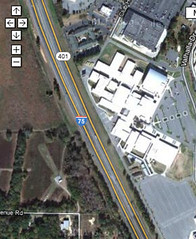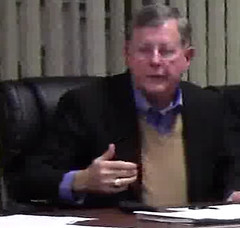My op-ed in the VDT today. -jsq
Continue readingGov. Deal (WABE, 14 Nov 2012) temporarily forgot that “conservative” includes conserving something,
like Theodore Roosevelt and national parks, or when Franklin D. Roosevelt established the Okefenokee National Wildlife Refuge which also administers Banks Lake, when Richard Nixon started the EPA, and when Jimmy Carter signed the Soil and Water Conservation Act. If Gov. Deal wants to call conservation “liberal”, I’m happy to be a liberal working for water for our state!
Georgia Water Coalition’s Dirty Dozen
listed the biggest boondoggle of all as #11: the nuclear reactors at Plant Vogtle suck up more water from the Savannah River than all local agriculture and almost as much as the city of Savannah.
If the new Plant Vogtle nukes are ever completed, all four will use more water than Savannah. In 2009 the legislature approved and Gov. Deal signed a law letting Georgia Power charge its customers in advance for building that boondoggle, to the tune of about $1.5 billion so far!
Let’s not forget















